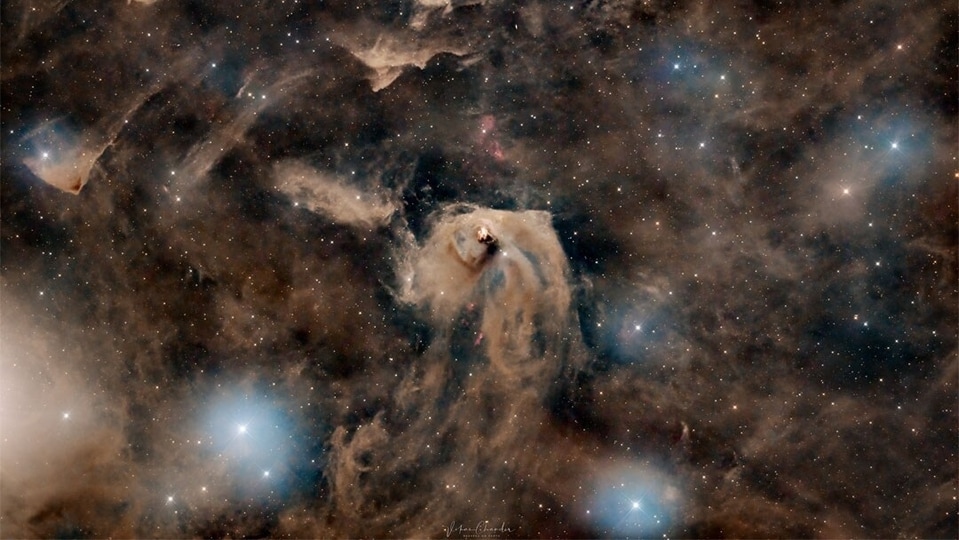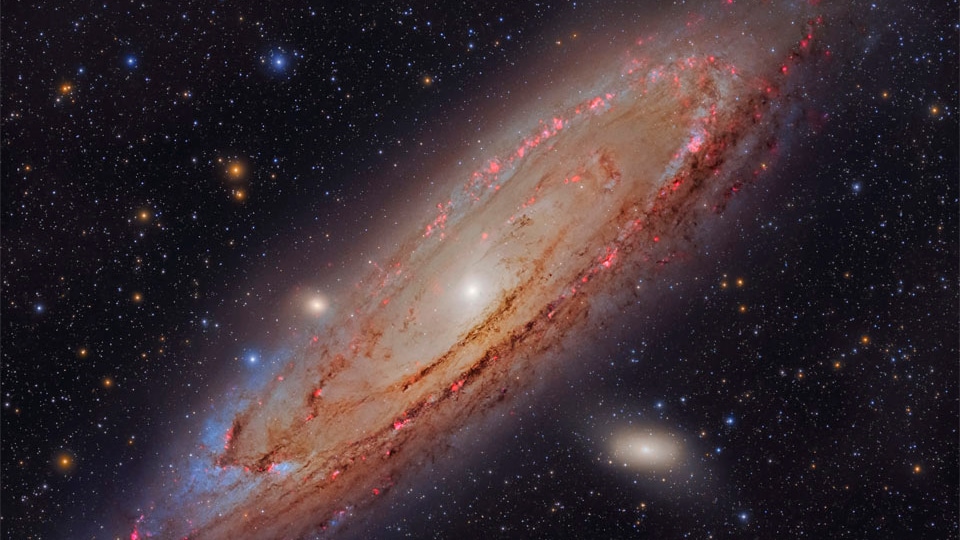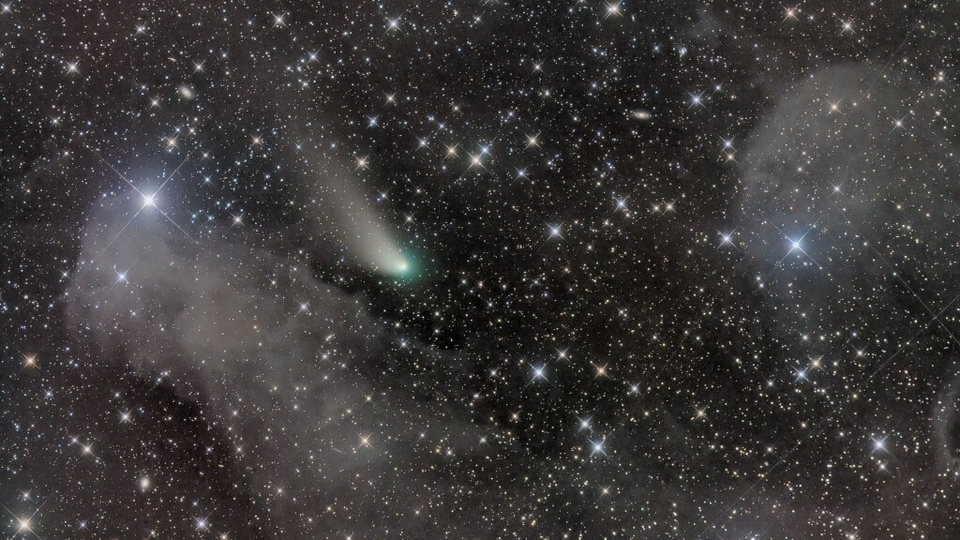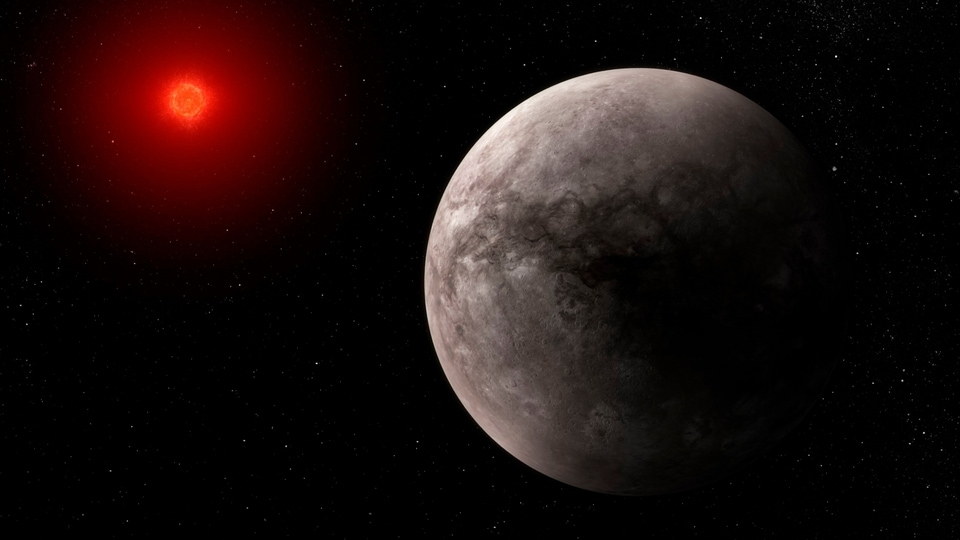No atmosphere found at faraway Earth-sized world, study says
The Webb Space Telescope has found no evidence of an atmosphere at one of the seven rocky, Earth-sized planets orbiting a nearby star.






 View all Images
View all ImagesThe Webb Space Telescope has found no evidence of an atmosphere at one of the seven rocky, Earth-sized planets orbiting a nearby star.
Scientists said on Monday that doesn't bode well for the rest of the planets in this solar system, some of which are in the sweet spot for harbouring water and potentially life.
The NASA-led team reported little if no atmosphere exists at the innermost planet in the Trappist system, 40 light-years away. The researchers used a special technique geared toward a warm planet like this one. Results were published on Monday in the journal Nature.
The lack of an atmosphere would mean no water and no protection from cosmic rays, said NASA's Thomas Greene, the lead researcher.
As for the other planets orbiting the small, feeble Trappist star, “I would have been more optimistic about the others” having atmospheres if this one had, Greene said in an email.
Because this innermost planet is bombarded by solar radiation — four times as much as Earth gets from our sun — it's possible that extra energy is why there's no atmosphere, Greene noted.
More observations are planned not only of this planet, but the others in the Trappist system.
Catch all the Latest Tech News, Mobile News, Laptop News, Gaming news, Wearables News , How To News, also keep up with us on Whatsapp channel,Twitter, Facebook, Google News, and Instagram. For our latest videos, subscribe to our YouTube channel.


























